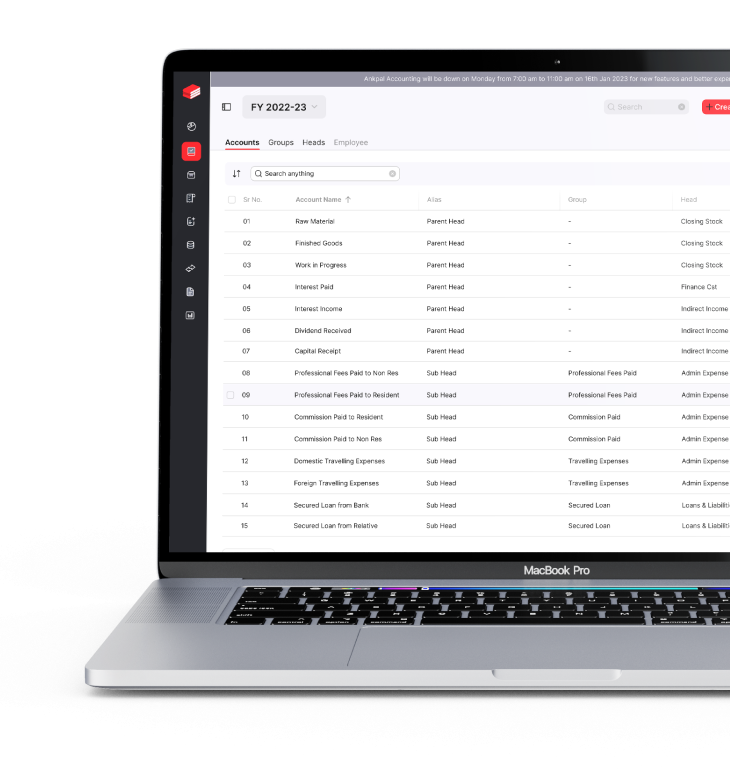
The tax administration is on the verge of transformation, driven by technological advancements that promise to reshape how taxes are managed, calculated, and implemented. As businesses and individuals interpret increasingly complex tax laws and regulations, the integration of modern technologies, including modern tax software for accounting professionals, is set to transform the efficiency, accuracy, and compliance of tax processes.
Here’s a look at five emerging technologies that are set to define the future of tax.
1. Advanced-Data Analytics and Machine Learning
At the forefront of the future of tax, there’s advanced data analytics and machine learning. These technologies empower tax professionals with exceptional insights and capabilities:
Enhanced Accuracy in Tax Calculations:
Machine learning algorithms can analyze vast amounts of financial data to ensure precise tax calculations, minimizing errors and discrepancies.
Predictive Analysis for Future Tax Liabilities:
By leveraging historical data and patterns, machine learning enables predictive modeling of future tax liabilities, helping businesses plan and strategize more effectively.
Identification of Fraud and Anomalies:
Machine learning algorithms can detect irregularities in tax filings, flagging potential fraud or compliance issues before they escalate.
2. Natural Language Processing (NLP) for Tax Compliance
Natural Language Processing (NLP) is set to transform tax compliance by automating complex processes and enhancing user interaction:
Automated Interpretation of Tax Laws -
NLP algorithms can resolve and interpret complex tax laws and regulations, providing real-time guidance to tax professionals and taxpayers alike.
Simplified Tax Filing Processes -
Voice-activated assistants powered by NLP technology streamline tax filing procedures, making compliance more accessible and intuitive for users.
3. Internet of Things (IoT) in Taxation
The Internet of Things (IoT) is ushering in a new era of real-time data collection and monitoring capabilities for tax purposes:
Real-Time Data Collection -
IoT devices collect and transmit data from interconnected assets and transactions, providing tax authorities with up-to-the-minute information for accurate reporting and auditing.
Enhanced Monitoring of Assets -
IoT sensors track and monitor physical assets, enabling precise valuation and depreciation calculations for tax purposes.
4. Digital Twin Technology
Digital Twin technology creates virtual models of physical assets, processes, and systems, offering innovative solutions for tax planning and scenario analysis:
Simulation of Tax Scenarios -
Tax professionals can simulate various tax scenarios in a virtual environment, testing different strategies and predicting outcomes precisely.
Testing Tax Strategies -
Digital Twins enable proactive tax planning by assessing the impact of potential changes in tax policies or business decisions before implementation.
5. Quantum Computing in Taxation
Quantum computing represents a paradigm shift in computational power and data encryption, transforming the capabilities of tax authorities and professionals:
Complex Tax Calculations -
Quantum computers can perform complex calculations and analyses exponentially faster than traditional computers, revolutionizing tax modeling and optimization.
Enhanced Security and Encryption -
Quantum cryptography enhances data security, safeguarding sensitive tax information against cyber threats and ensuring compliance with stringent data protection regulations.
Conclusion
Technology has a great role in the taxation process and the future of tax preparation software for accountants. There are trends such as data analytics, machine learning, natural language processing, IoT, digital twin technology, and quantum computing that are poised to disrupt the taxation process in terms of calculation and compliance.
These technologies expect to deliver the following: improved accuracy, prediction capability, increased efficiency in dealing with compliance issues, real-time monitoring, scenario analysis, and computational capacity as well as security.








